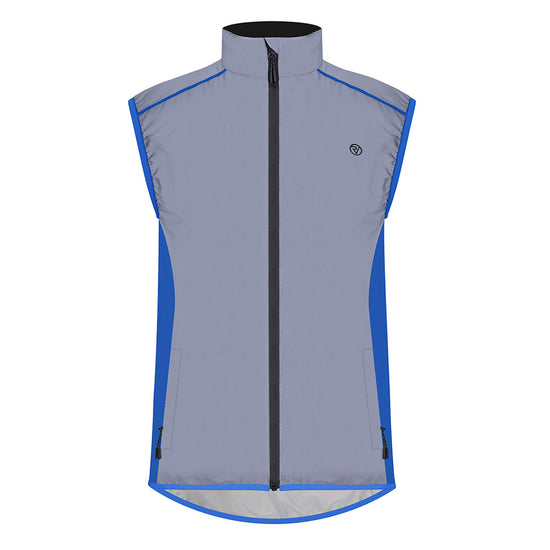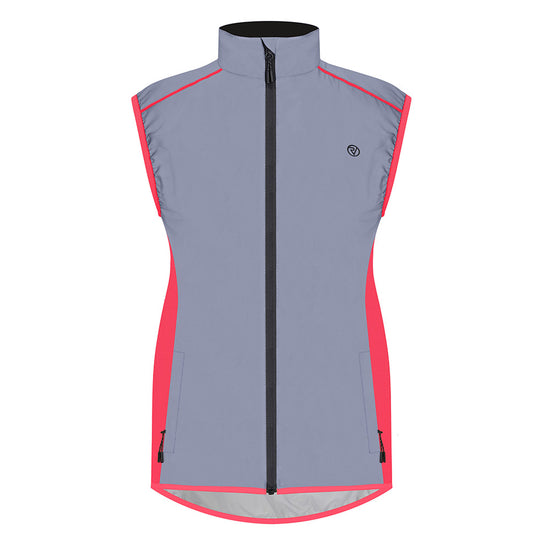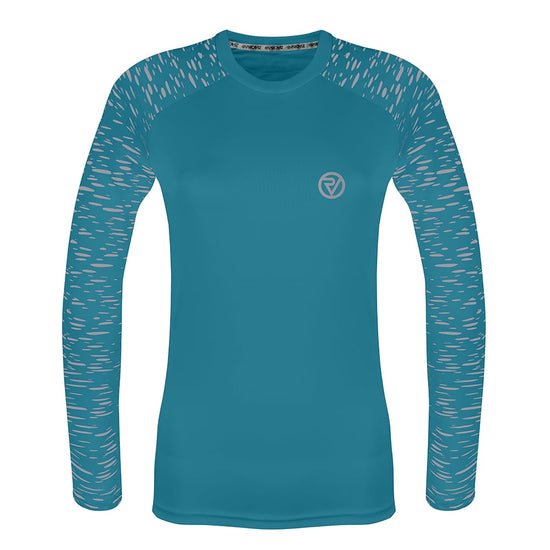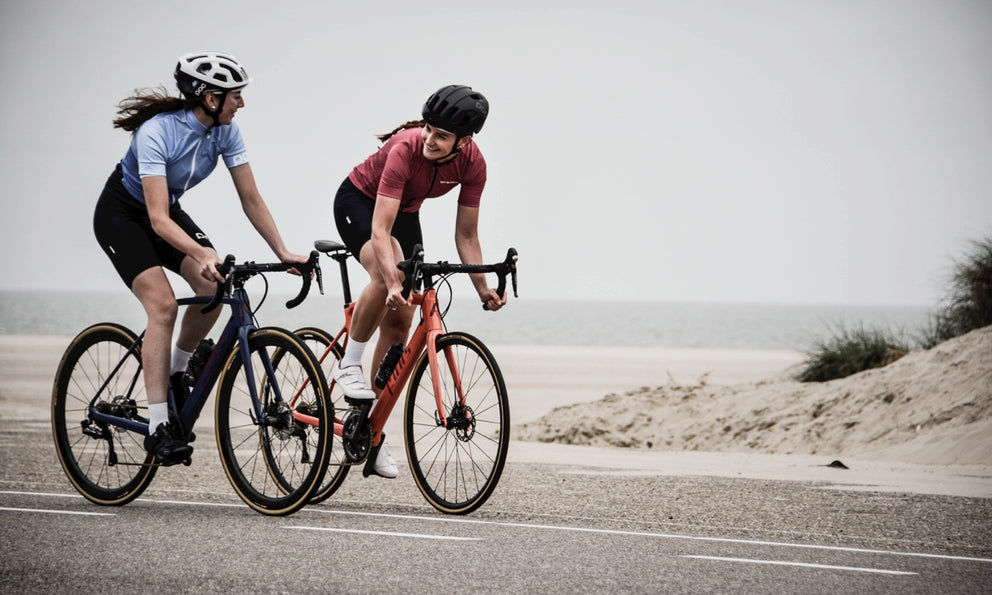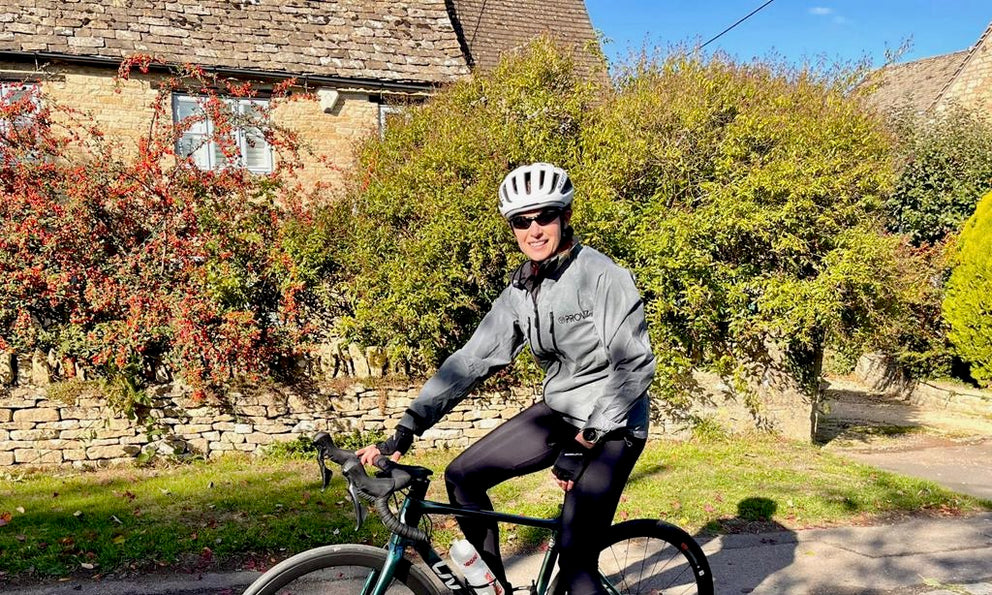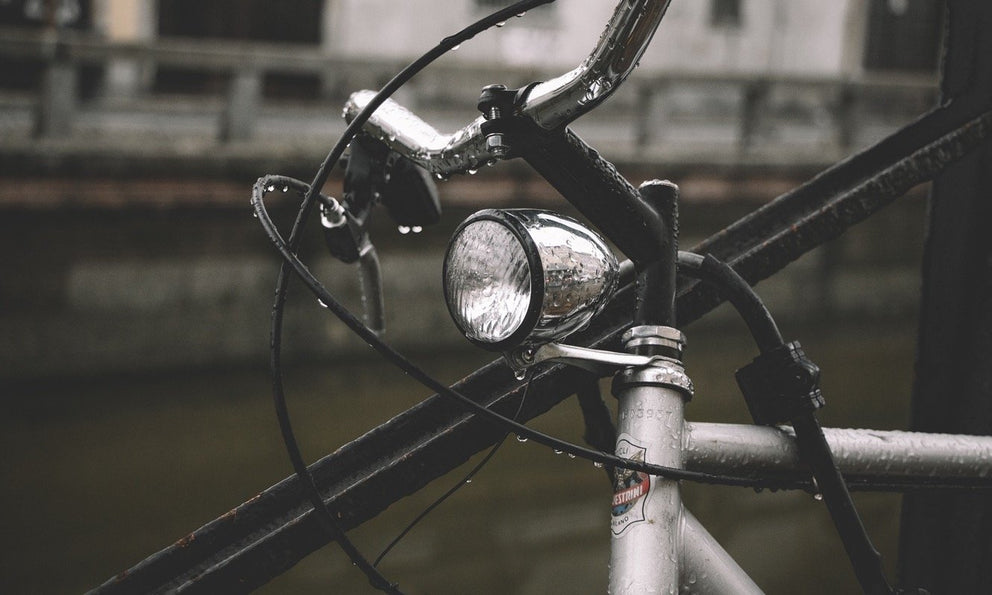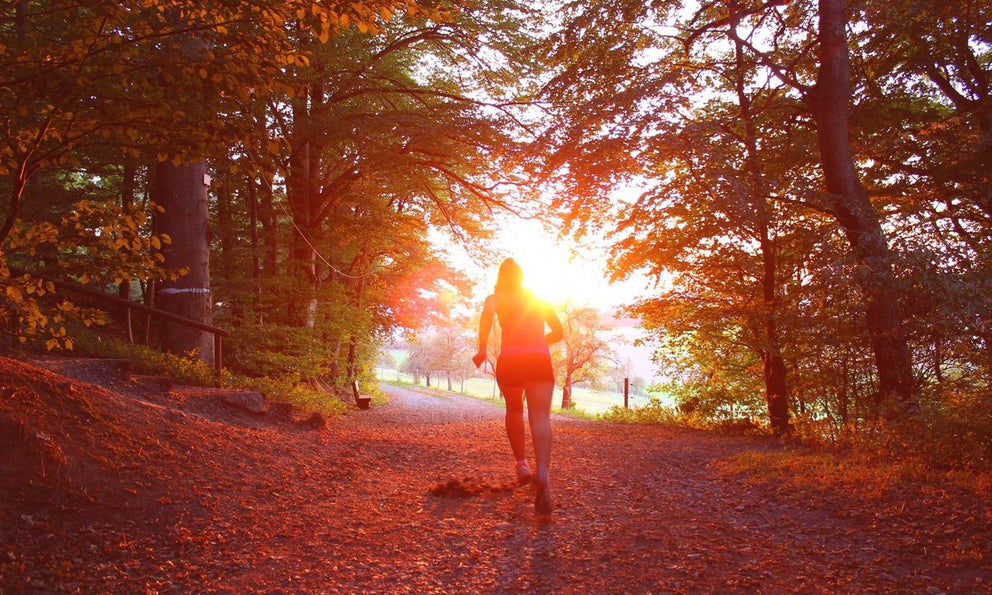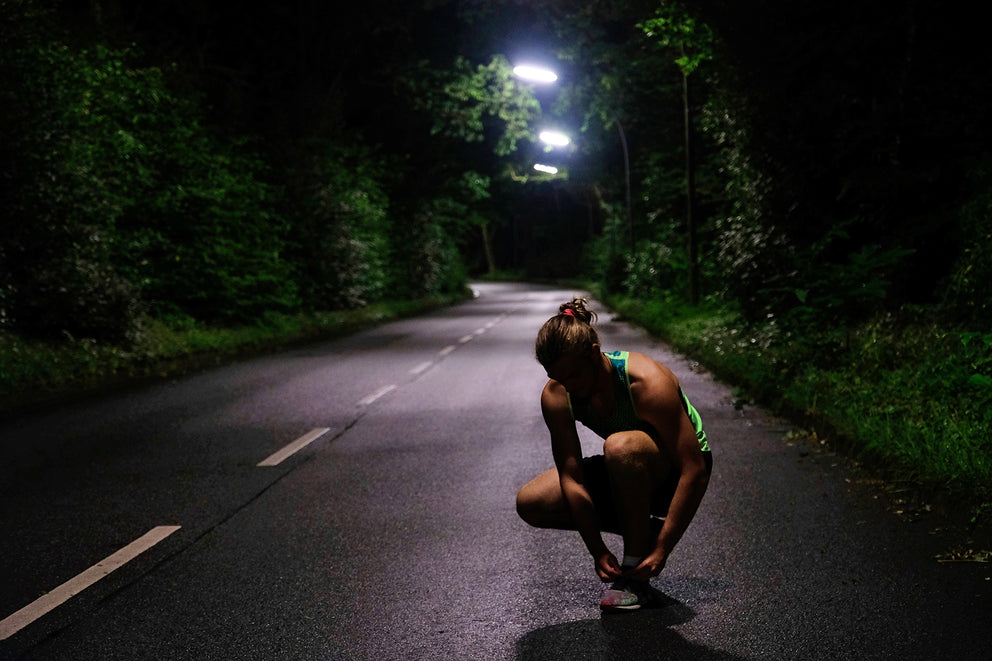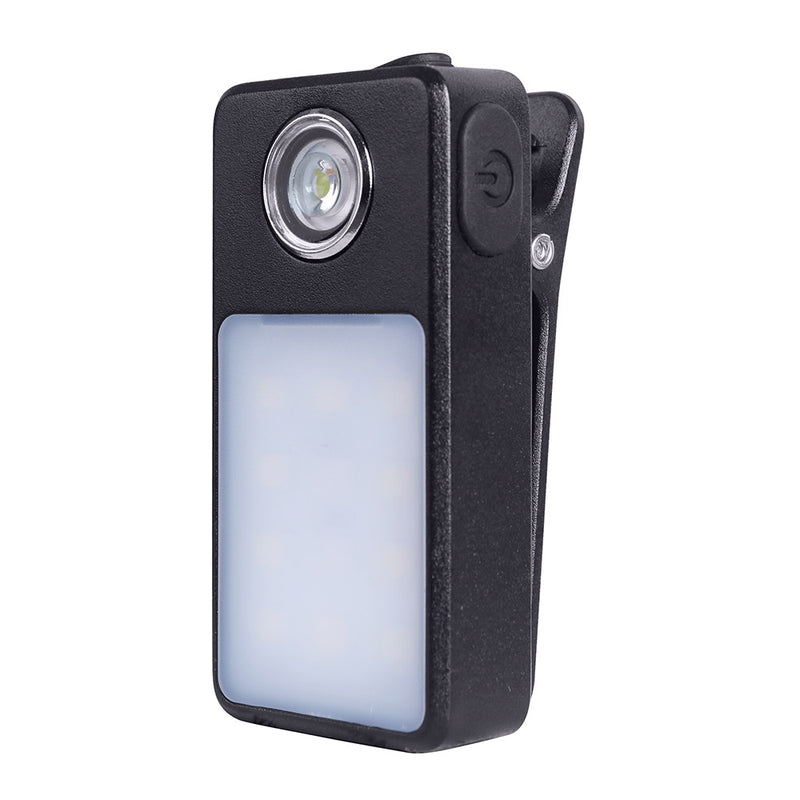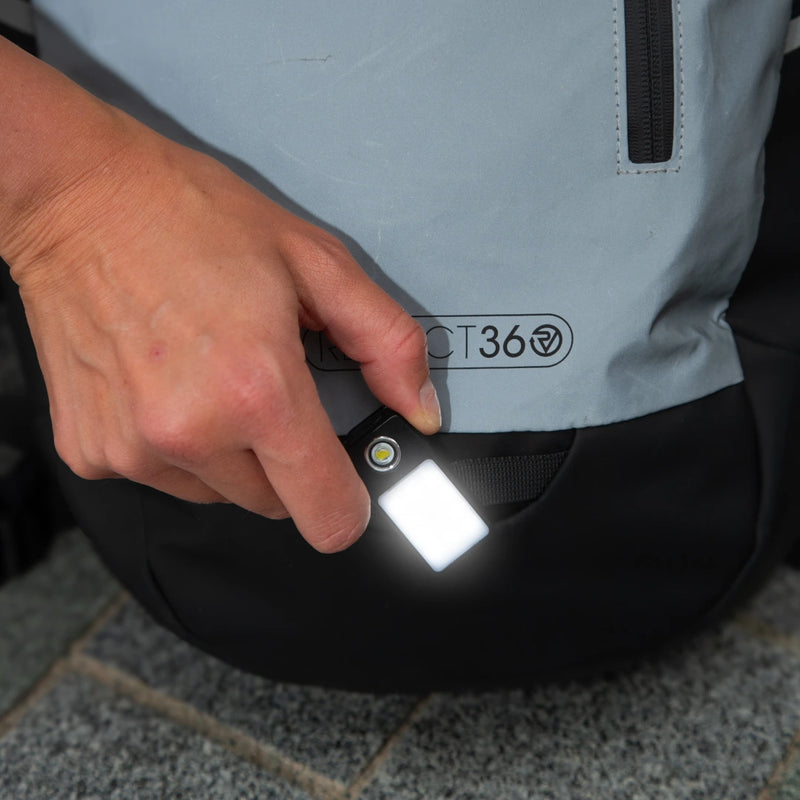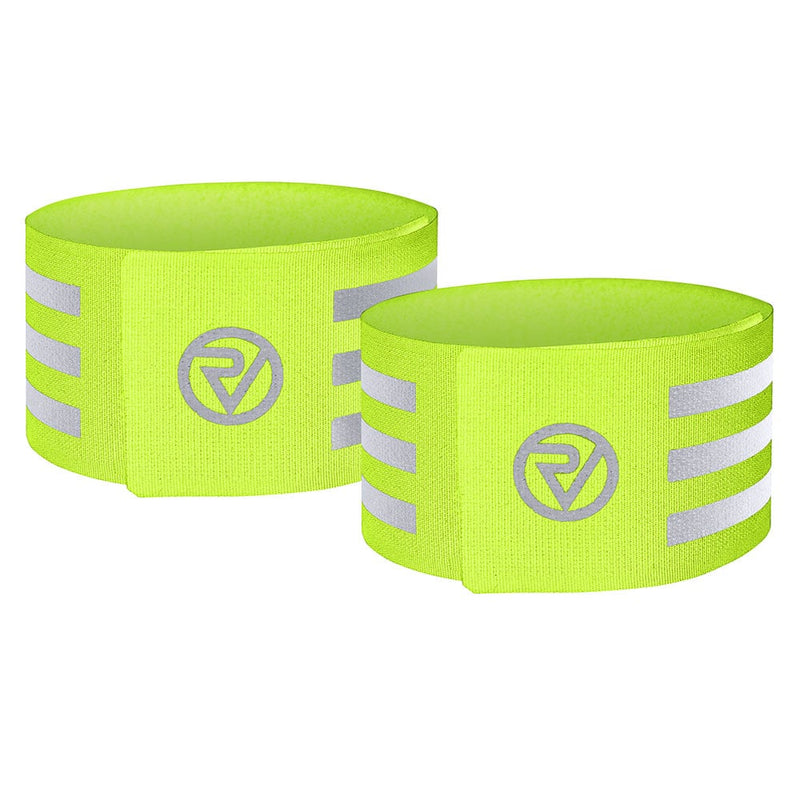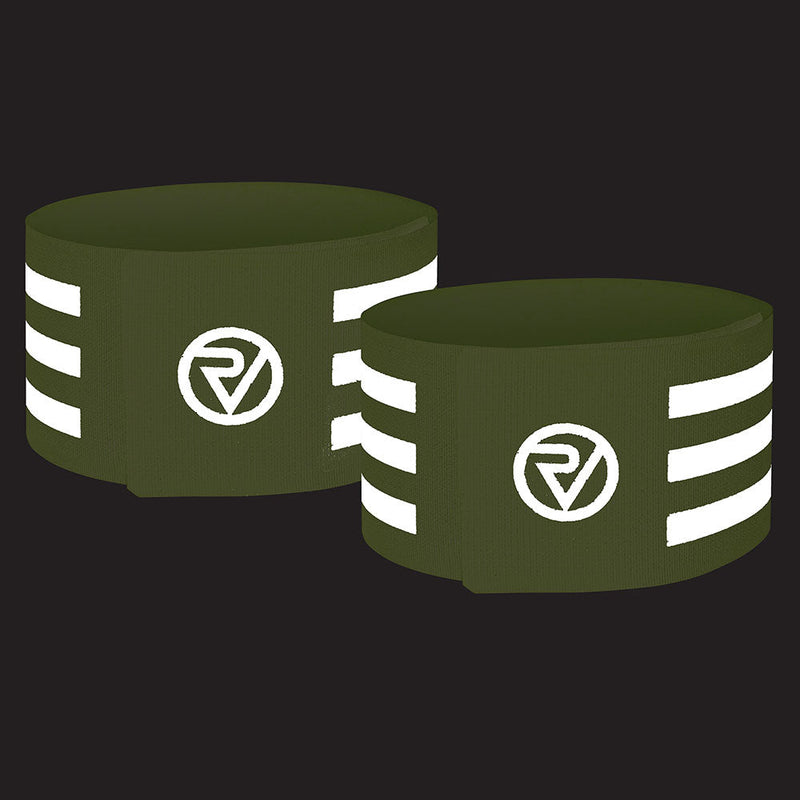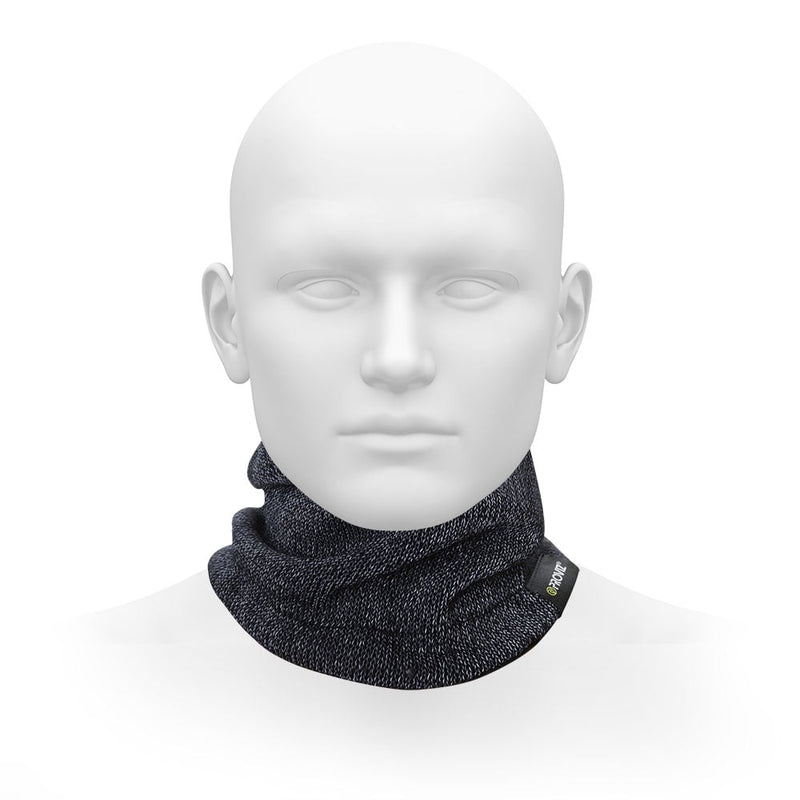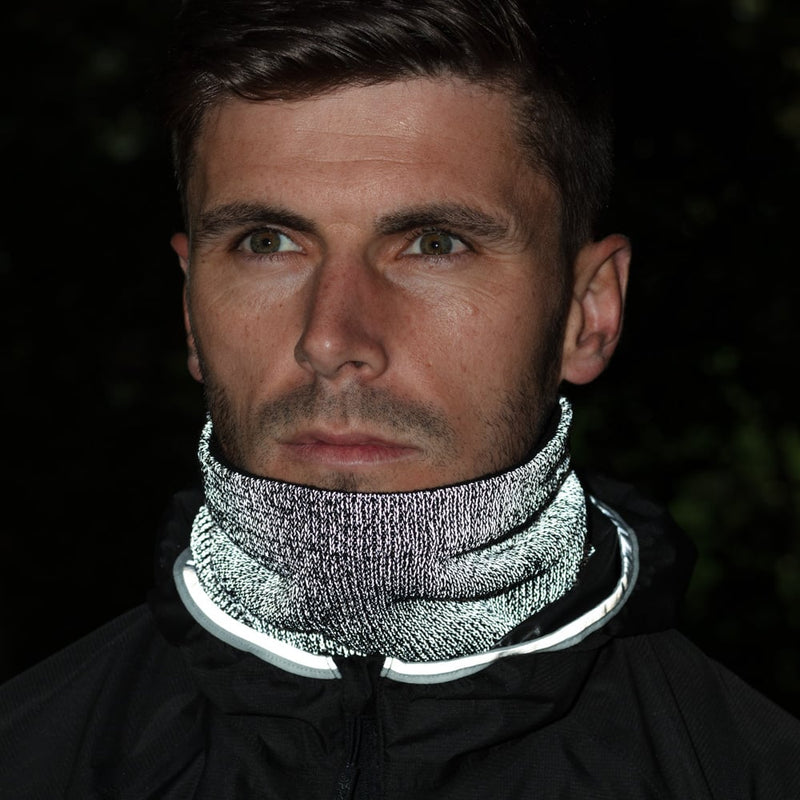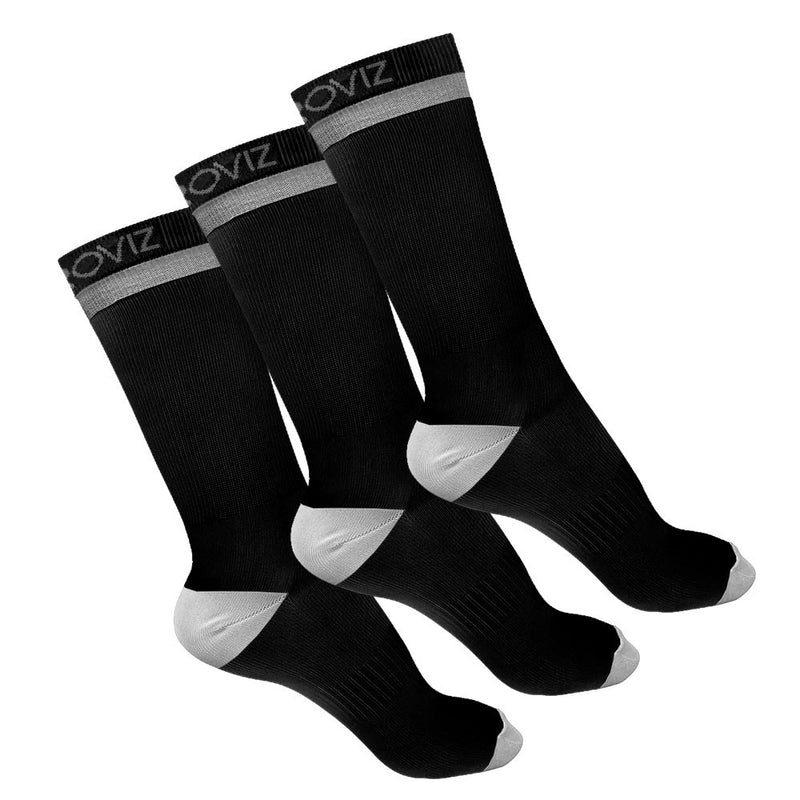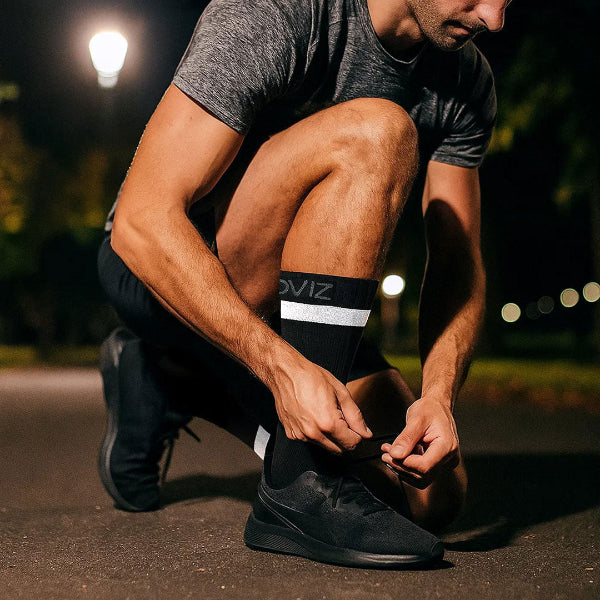As a child, all you need for a bike ride is a bicycle that works, the ability to remember where you left it the last time you used it and an adult to supervise. As a grown up, it all gets a lot more complicated. Having navigated the sea of available bikes to find one that suits your needs, you then realise you need appropriate kit, especially if you are out all day and want to remain safe and comfortable throughout. It becomes even more complicated if you are interested in performance cycling and want kit that actually performs and doesn’t just leave a monstrous hole in your bank account.
We have decided to delve into the intricacies of cycling kit to find out exactly what you need and which brands are currently at the cutting edge of technology, style and performance in cycling kit. Our aim is to cut through the noise and provide a bit of clarity – do let us know if we’ve helped!
Each of the bits of kit in our checklist could do with having their own full-length buyer’s guide and, since we don’t have the space (and you probably don’t have the time or the patience to read a book-length blog article that covers each item in depth), there are links throughout to some of the most useful guides we could find online.
Universal Kit Checklists for Cyclists
Whether you are focussed on your speed and desperate for a new PB, commuting to work or taking in the scenery and looking for the best picnic spot, there are certain things that should be on every cyclist’s kit list.
Summer Kit List
Helmet – Whether you opt for one of the best budget options available or a top of the range lightweight performance cycle helmet such as the Giro Aether MIPS, it should be second nature to put a helmet on every time you get on your bike.

Lights and Reflectors – It is illegal to ride a bike in the UK at night without front and rear lights. It is also safer to switch them on when you are on the road in bright sunshine, as the rapid changes from deep shade to dazzling sunshine can temporarily affect drivers’ vision, meaning that they do not see you at the side of the road. You need:
- White Front Light with a steady, fixed beam, mounted centrally or offside and no higher than 150cm from the ground.
- Red Rear Light with a steady, fixed beam, mounted centrally or offside and between 35cm and 150cm from the ground.
- Four Amber Reflectors - fitted to each pedal so that one is clearly visible from the front and one is clearly visible from the rear. If you cannot fit reflectors to your pedals, then you can use a reflective trouser clip or band.
High Viz – It may not be the most flattering thing in your wardrobe, but a person used to wearing padded cycling shorts should be able to stomach the added fashion faux pas of high viz! We recommend wearing it both day and night, because bright sunshine and poor lighting conditions such as fog or heavy drizzle make neutrals difficult to spot even at noon.
Short Sleeve Cycling Jersey – Invest a decent amount of time in finding a cycling jersey that not only suits your requirements and your style but also fits perfectly. Even if you invest in a top of the range one, it will not perform as it should if it doesn’t fit properly, so be picky when it comes to purchasing this bit of kit. If you find one you love, you will be pleased to know, that by layering up with arm warmers and a gilet or jacket, it can be used throughout the winter too.
♀ ♂ - You will probably need to be gender specific when purchasing your cycling jersey. Typically women’s jerseys are cut in at the waist and out at the hips, which provides a better fit for most women than a men’s jersey would. However, some women prefer to wear men’s cycling jerseys. A common complaint of the tall, slender woman is that jerseys made for women come up too short.

Padded Shorts – Considered by many cyclists to be the most important bit of kit in their wardrobe, a good pair of padded cycling shorts can maximise the amount of time you can spend on the bike and ensure that you don’t get uncomfortable saddle sores (which can force you to take time off cycling if they are really bad). You can pay anywhere between £20 and £300 for a pair of cycling shorts and the general rule is that you pay more when the padding is divided into a greater number of panels, as this is provides a more flattering and comfortable fit.
♀ ♂ - Shorts are a key piece of kit, on which, for fairly obvious reasons, men and women probably have differing opinions. This article from Cycling Weekly from earlier this year is a really helpful guide for women looking for their perfect pair of cycling shorts. A similar guide for men was published in 2019 and can be found here.
Shoes – Cycling shoes create connections with your pedals that allow you to pull up on them as well as push down. This means smoother effort distribution when cycling, which in turn can help you go faster.
Water Bottle – You might think that of all your kit decisions this should be simplest – get one that doesn’t weigh a ton and doesn’t have a hole in and you are good to go! However, in their guide to the best cycling water bottles on the market, Bike Radar lists eight factors that you should consider when buying your water bottle, including squeezability, grippiness and flow rate, so maybe it’s not as simple as you first thought…
Pump – If you are going out for a ride that lasts longer than two hours it is worth carrying a lightweight pump, so that you can inflate your own tyres if necessary. If you haven’t got one already, you may also want to invest in a floor pump to use at home.
Spare Tubes – Again, longer rides will necessitate taking along spare inner tubes to repair your bike if it gets a puncture.

Cycling Eyewear – Whether you’re cycling in the height of summer, on a bright, frosty winter’s morning or through a storm, a decent pair of cycling glasses will protect your eyes, not only from the sun but from wind, rain, snow, road spray and bugs. Obviously, the darkest lenses will not be suitable for use in low light conditions, but if you are prepared to pay a bit more for reactive lenses (or you don’t mind swapping and changing the lenses depending on the weather) you should be able to get away with one pair that works across a variety of conditions.
Vaseline – Combat chaffing on the go by packing a small tub of Vaseline in your kit. No buying guide link needed for this one.
Chain Lube – It not just bits of you that need defence against friction! Be sure to keep your chain lubricated so that your gear transitions are as smooth as possible. If you regularly maintain this at home, you shouldn’t need to take any out on your rides, unless you are going on a truly epic adventure.
Multi Tool – The cyclist’s equivalent of a Swiss Army Knife this multifunctional tool allows you to adjust and fix your bike on the go. Road CC published a great guide to multi tools earlier this year and it’s a good place to start if you are looking to invest in one.
Additions/Substitutions for Winter Kit
Gilet – A lightweight and breathable yet wind and water resistant cycling gilet is a valuable addition to your kit at any time of year, especially if you are cycling in a temperate climate, such as the UK’s, or in environments where conditions are likely to change without much warning (e.g. in the mountains). To maximise its usefulness, opt for one that also has reflective and high-vis elements, so that it can be working to keep you visible on the road, as well as warm and comfortable.
Arm and Leg Warmers – Keep the weight of your kit and your changing time to a minimum by dispensing with carrying a whole top or pair of tights and just pack the sleeves and legs! They are a quick and easy way to keep warm on the go and they give you the option to quickly remove them if your effort levels alone are keeping you warm enough, or if conditions improve.
Waterproof Jacket – If you are committed to getting out on the bike in all weathers, you need a decent cycling jacket that provides the right balance of waterproofing, breathability and visibility.
There are many other accessories and bits of kit on the market, from waterproof trousers (which are a god-send for many a bike commuter trying to get to the office with their work clothes in tact) to bike computers and cycling apps for your phone, but the list above includes the core essentials you will need for any ride.
